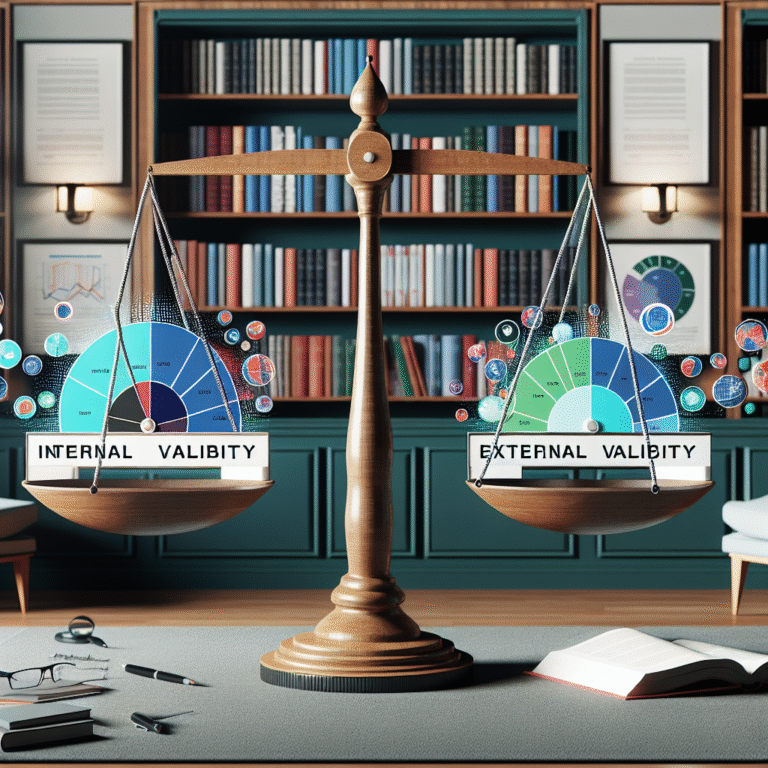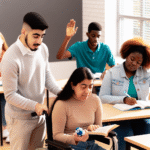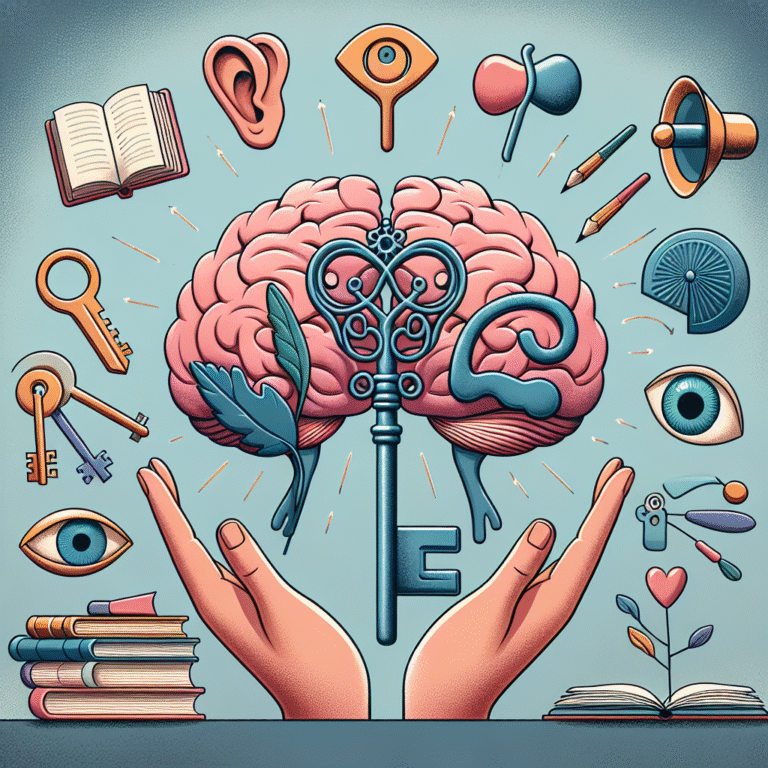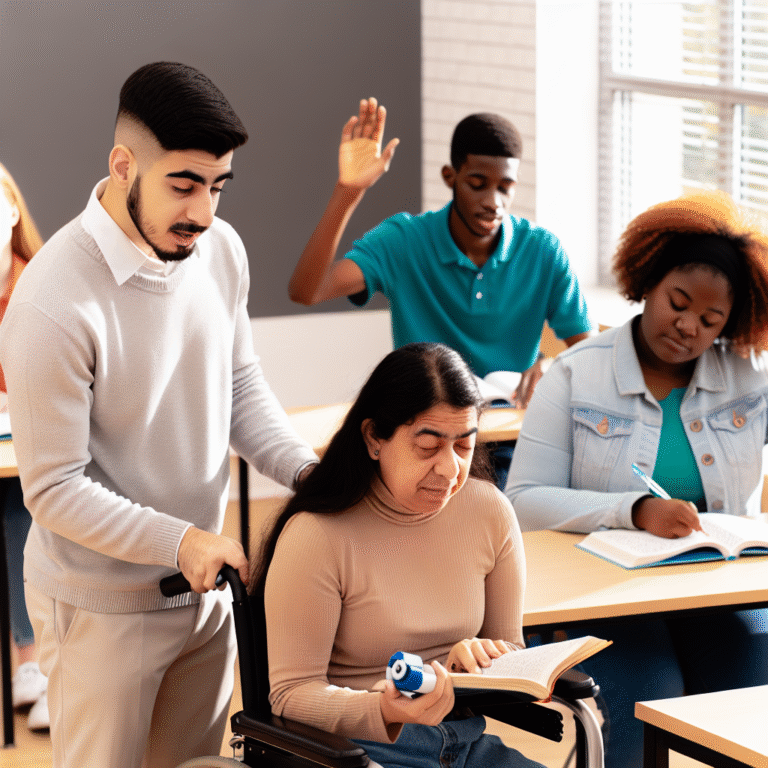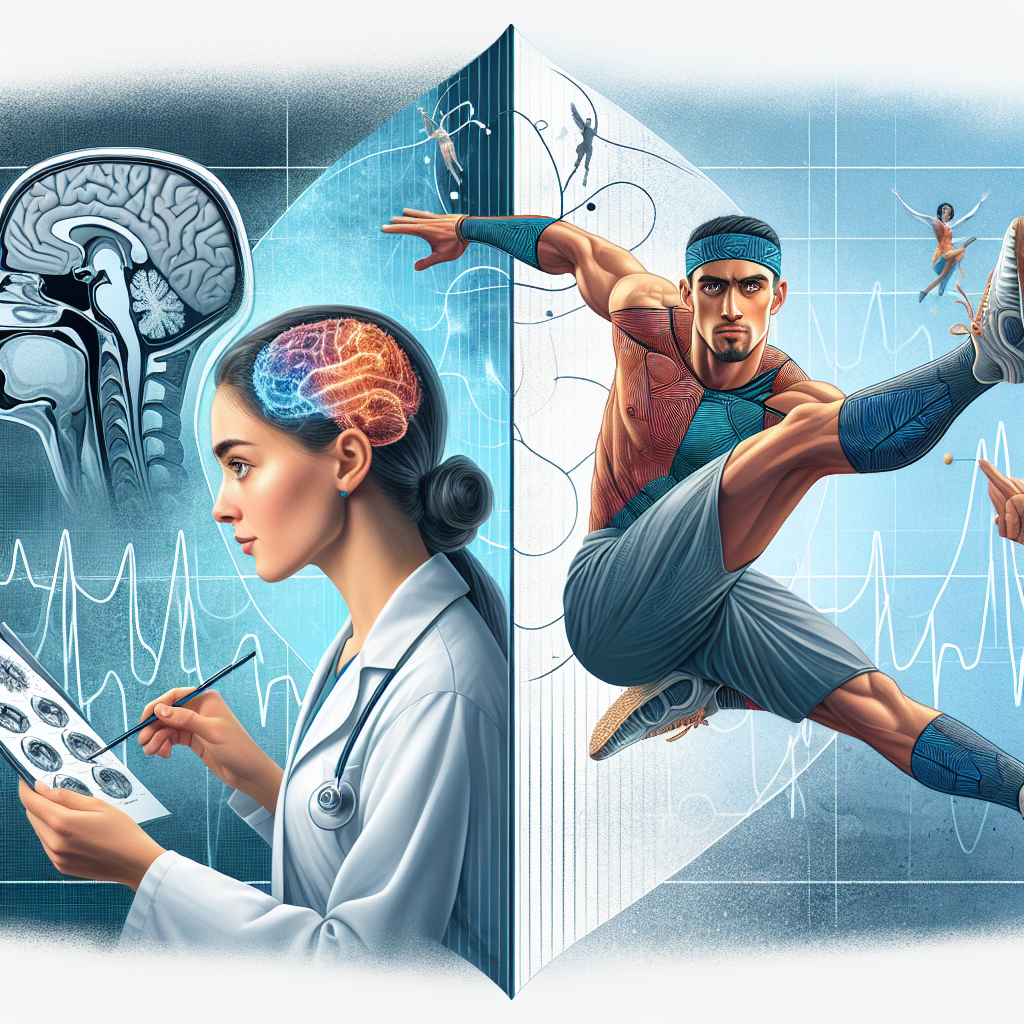
Introduction
Picture this: you’re at a bustling cafe, your eyes darting around, taking in the sights and sounds. Suddenly, a friend waves at you from across the room. Without thinking, your body springs into action—your brain coordinates your movements, and you’re out of your chair and waving back. This stunning interplay between perception, motor skills, and cognitive processing underscores a fascinating area of study: Sensorimotor Control and Its Influence on Cognitive Function: A Dual Perspective. In a world increasingly driven by technology and information, understanding how our body and mind interact becomes essential—not just for neuroscientists, but for anyone interested in optimizing their cognitive function.
In this article, we’ll explore the intricate relationship between sensorimotor control and cognitive function, presenting a dual perspective that highlights the complex, reciprocal nature of these interactions. By engaging with case studies, data, and actionable insights, we aim to illustrate why this interplay is not just a scientific curiosity but a cornerstone of effective daily functioning.
The Foundations of Sensorimotor Control
What is Sensorimotor Control?
Sensorimotor control is the process by which the brain integrates sensory information with motor actions. At its core, it involves perception (the incoming sensory data) and action (the outgoing motor responses). This integration is crucial in executing complex tasks, from catching a ball to navigating social interactions.
Key Elements of Sensorimotor Control:
- Sensation: Gathering data through our senses—sight, sound, touch, etc.
- Perception: Interpreting sensory data to form an understanding of our environment.
- Motor Planning: Designing a sequence of movements based on sensory input.
- Execution: Performing the planned movements.
The Importance of Sensorimotor Control in Daily Life
From walking to speaking, our everyday actions rely heavily on effective sensorimotor control. This sophisticated interplay is at work during routine tasks, athletic training, and even brainstorming sessions. The failure in any of these components can lead to severe consequences—be it in sports performance, learning disabilities, or even mental health issues.
Case Study 1: Athletes and Sensorimotor Control
Consider elite athletes like Usain Bolt, whose remarkable speed isn’t merely a product of physical training; it’s also a testament to exceptional sensorimotor control. Research shows that athletes develop superior motor planning and execution skills, which translate into enhanced cognitive function, including quicker decision-making and improved focus during performance.
| Aspect | Typical Individual | Elite Athlete |
|---|---|---|
| Reaction Time | Slower processing of stimuli | Rapid integration of sensory inputs |
| Motor Planning | Basic movements often automated | Precise control and strategic movements |
| Cognitive Load | High stress under competition | Effective management under pressure |
This case study emphasizes how superior sensorimotor control leads to not just better physical performance but improved cognitive capabilities as well.
Cognitive Function: An Overview
What is Cognitive Function?
Cognitive function encompasses a range of mental processes, including memory, attention, reasoning, problem-solving, and decision-making. These functions enable us to process information, learn new skills, and adapt to changing environments.
The Interplay of Sensorimotor Control and Cognitive Function
On the surface, sensorimotor control and cognitive function seem like distinct areas. However, they are intricately connected. Enhanced sensorimotor control can lead to improved cognitive flexibility, while engaging in cognitive tasks can refine our sensorimotor skills.
Case Study 2: Children with Learning Disabilities
A study published in the Journal of Learning Disabilities showed that children with ADHD exhibited reduced sensorimotor skills, impacting their cognitive ability to focus and learn in academic settings. Interventions that involved structured gameplay and physical activities were found to significantly improve not just their motor skills but also their ability to concentrate in class.
The Mechanisms Behind Sensorimotor Control and Cognitive Function Interaction
Neural Pathways
Neuroimaging studies reveal that sensorimotor tasks activate brain regions associated with cognitive functions. The involvement of the prefrontal cortex during motor planning highlights how closely interconnected movement and higher-order thinking are.
Plasticity and Learning
Neuroplasticity, the brain’s ability to adapt and reorganize, plays a crucial role. Engaging in sensorimotor tasks can create new neural pathways, enhancing cognitive abilities over time. This is particularly valuable for older adults, where maintaining cognitive function is crucial for quality of life.
| Age Group | Impact of Sensorimotor Control on Cognitive Function |
|---|---|
| Children | Rapid development due to play and movement |
| Young Adults | Improvement in multitasking and reaction times |
| Older Adults | Slower decline in cognitive functions through regular engagement |
Application: Enhancing Cognitive Function Through Sensorimotor Training
Practical Strategies for Improvement
Physical Exercise: Regular physical activity enhances both sensorimotor control and cognitive abilities. Incorporating balance and coordination exercises can be particularly beneficial.
Mindfulness Practices: Techniques such as yoga and tai chi focus on body awareness, improving sensorimotor integration.
- Video Games: Action video games have demonstrated an ability to enhance motor skills and improve cognitive flexibility. These virtual environments can provide a safe space for developing sensorimotor skills.
Case Study 3: The Benefits of Dance
In a compelling study examining dance intervention among seniors, participants showed significant improvements not only in their physical agility but also in cognitive tests measuring attention and memory. Dance integrates rhythm, coordination, and social interaction—making it an excellent example of how sensorimotor control can bolster cognitive function.
Challenges and Considerations
Performance Anxiety and Cognitive Load
For individuals under stress, cognitive load can impair sensorimotor performance. Athletes, for example, may choke under pressure if they overthink their movements. Understanding how cognitive function influences this process is critical in optimizing performance.
Differences in Neural Processing Across Populations
Not all individuals process sensorimotor information the same way. Factors such as age, neurological conditions, and experience can alter how one integrates sensory data and executes motor tasks. Tailoring approaches to meet individual needs becomes essential.
Case Study 4: Elderly Population
In a comparison of two groups of elderly individuals, those who engaged in regular sensorimotor exercises performed better on cognitive tests than their sedentary counterparts. This highlights the practical implications of incorporating sensorimotor training to combat cognitive decline.
The Future of Research in Sensorimotor Control and Cognitive Function
Innovations and Implications
As technology advances, innovative methods for studying sensorimotor control and cognitive function are emerging. Brain-computer interfaces and wearable tech offer exciting possibilities for rehabilitation and cognitive training.
Expanding Perspectives
The exploration of sensorimotor control will likely continue expanding into virtual and augmented realities, where immersive experiences can enhance learning and cognitive flexibility.
Conclusion
The interplay between Sensorimotor Control and Its Influence on Cognitive Function: A Dual Perspective is a rich and complex domain with profound implications for daily life, education, and healthcare. By recognizing how our physical actions are intertwined with cognitive processes, we can enhance not just our learning and problem-solving goals but also our overall well-being.
Whether you’re an athletic trainer, educator, or simply a curious individual, understanding and leveraging this relationship can yield significant benefits. Embrace the dual perspective of sensorimotor control and cognitive function for a holistic approach to nurturing your mind and body.
FAQs
1. How does sensorimotor control influence memory?
Sensorimotor control enhances memory by engaging multiple brain regions, which can strengthen memories associated with physical actions.
2. Can cognitive functions improve through sensorimotor training?
Yes, engaging in activities that require sensorimotor integration can lead to improvements in various cognitive functions, including attention and problem-solving.
3. What are some practical exercises for improving sensorimotor control?
Activities such as dancing, martial arts, and balance training exercises are effective in enhancing sensorimotor control.
4. How does age affect sensorimotor control and cognitive function?
Aging can diminish sensorimotor control, leading to cognitive decline; however, regular physical activity can mitigate these effects.
5. Is there a relationship between mental health and sensorimotor control?
Yes, poor sensorimotor control can contribute to mental health issues such as anxiety and depression, making interventions focused on sensorimotor skills particularly beneficial.
By understanding the intricate relationship between Sensorimotor Control and Its Influence on Cognitive Function: A Dual Perspective, we can unlock new pathways to enhancing our capabilities—both physical and mental.




